Energy Sector Investments
Investments in renewable energy projects are emerging as a crucial driver for the Steel Fabrication Market. As nations commit to reducing carbon emissions, the construction of wind farms, solar power plants, and other renewable energy infrastructures is accelerating. The energy sector is projected to grow significantly, with investments in renewable energy expected to reach trillions of dollars in the coming years. This surge in activity necessitates the use of fabricated steel for constructing support structures and frameworks. Therefore, the Steel Fabrication Market is likely to experience heightened demand as it plays a vital role in supporting the transition to sustainable energy solutions.
Technological Innovations
Technological advancements in steel fabrication processes are transforming the Steel Fabrication Market. Innovations such as automation, robotics, and advanced software for design and manufacturing are enhancing efficiency and precision in fabrication. These technologies not only reduce production costs but also improve the quality of fabricated products. As industries increasingly adopt these innovations, the demand for high-quality fabricated steel is expected to rise. Furthermore, the integration of Industry 4.0 principles into fabrication processes may lead to smarter manufacturing solutions, thereby driving growth in the Steel Fabrication Market. This trend suggests a future where technology plays a pivotal role in shaping market dynamics.
Automotive Industry Growth
The resurgence of the automotive industry is another significant driver for the Steel Fabrication Market. As manufacturers strive to produce lighter and more fuel-efficient vehicles, the demand for advanced steel fabrication techniques is likely to rise. The automotive sector is expected to witness a compound annual growth rate of approximately 3.5% over the next few years, which could translate into increased orders for fabricated steel components. Additionally, the shift towards electric vehicles may further enhance the need for specialized steel fabrication, as these vehicles often require unique structural elements. Thus, the Steel Fabrication Market stands to gain from the evolving requirements of the automotive sector.
Infrastructure Development
The ongoing expansion of infrastructure projects worldwide appears to be a primary driver for the Steel Fabrication Market. Governments and private sectors are investing heavily in the construction of roads, bridges, and buildings, which necessitates the use of fabricated steel components. For instance, the construction sector is projected to grow at a rate of 4.5% annually, leading to increased demand for steel fabrication services. This trend is likely to continue as urbanization accelerates, with more cities requiring robust infrastructure to support growing populations. Consequently, the Steel Fabrication Market is positioned to benefit from these developments, as fabricated steel is essential for ensuring structural integrity and longevity in construction projects.
Construction Material Trends
The evolving preferences for construction materials are influencing the Steel Fabrication Market. There is a growing trend towards using steel due to its durability, strength, and recyclability. As sustainability becomes a priority in construction, steel's ability to be recycled without loss of quality positions it favorably against other materials. The construction industry is increasingly recognizing the benefits of using fabricated steel, which is often lighter and easier to work with than traditional materials. This shift in material preference is likely to drive demand for steel fabrication services, as builders seek to optimize their projects for both performance and environmental impact. Consequently, the Steel Fabrication Market is poised for growth as it aligns with these material trends.
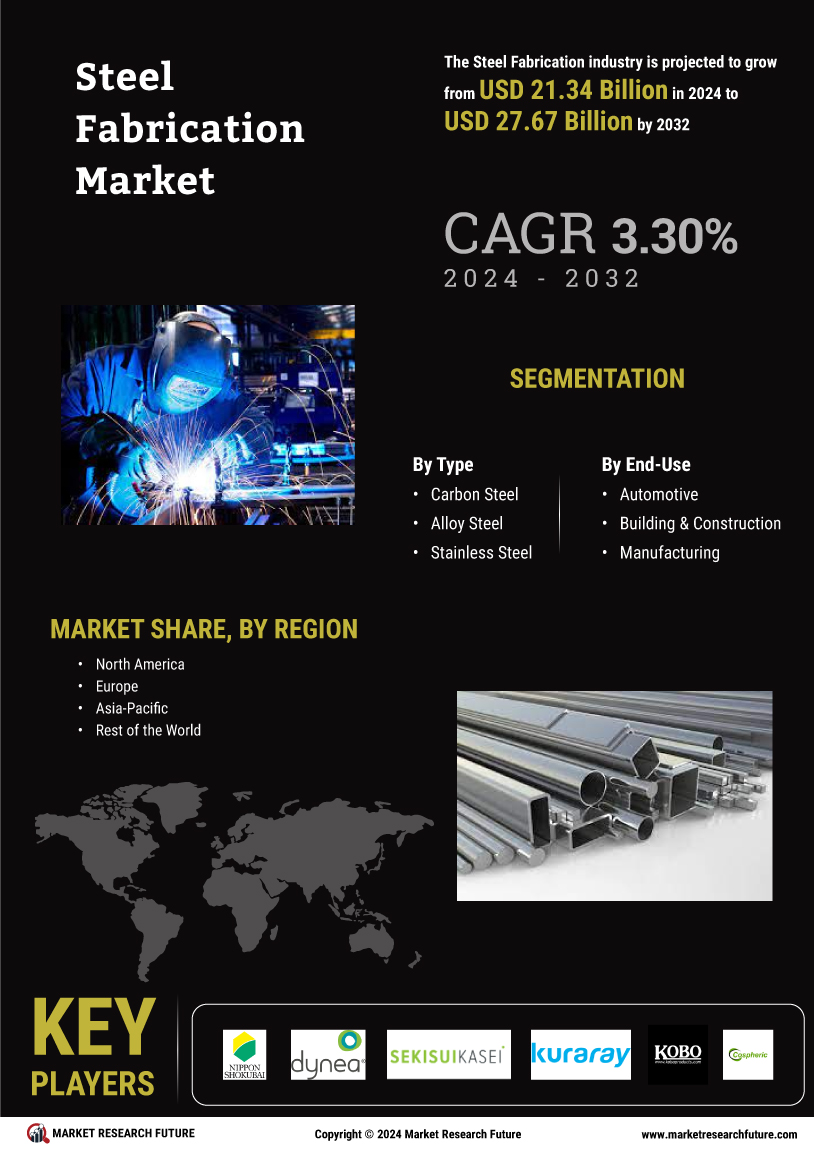

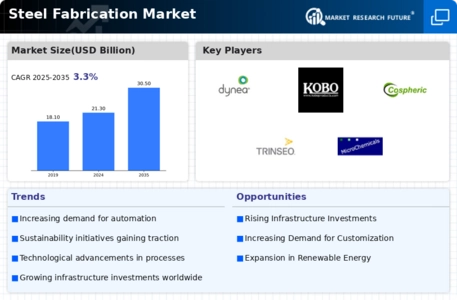
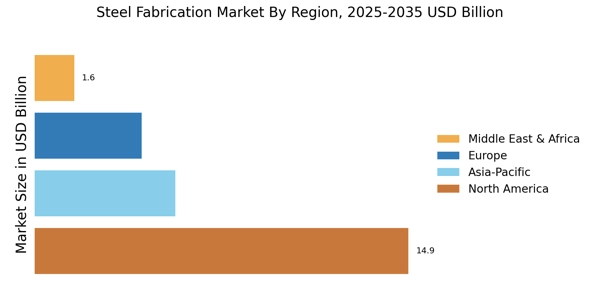

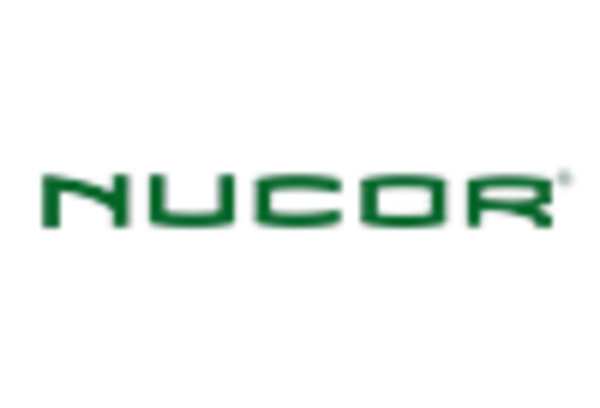
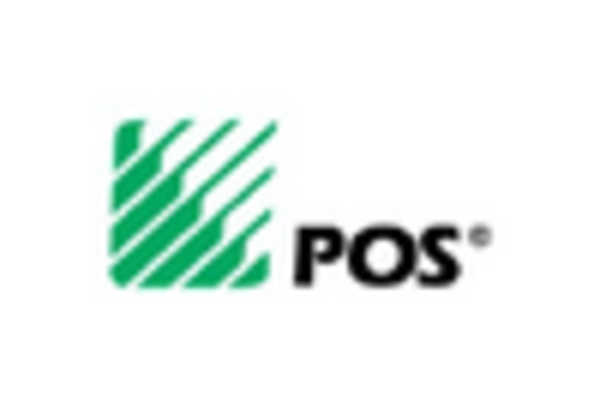

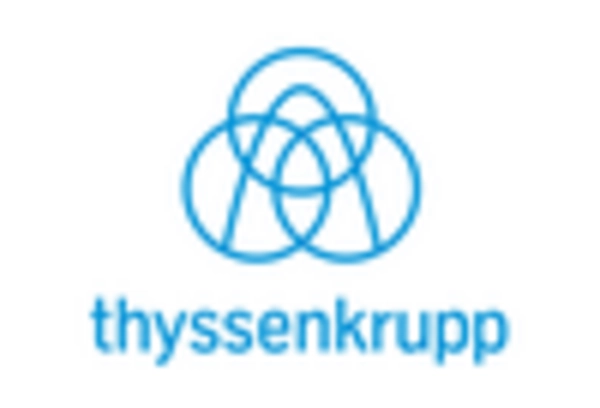
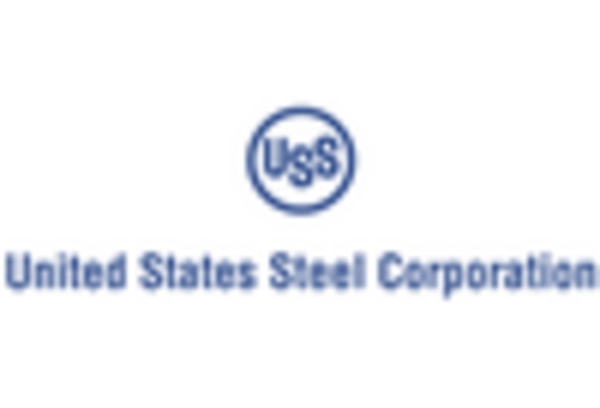








Leave a Comment